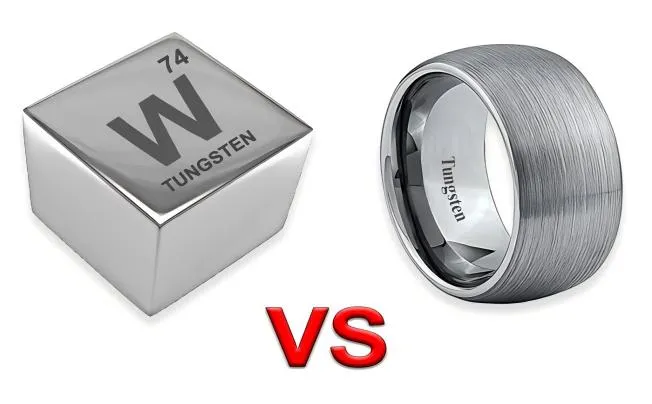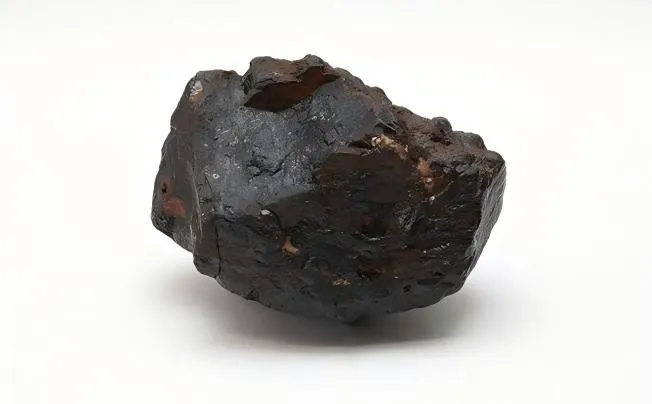The Essence of FeSi
FeSi, short for Iron-Silicon, represents a significant chemical compound in both scientific and industrial contexts. This alloy is composed primarily of iron (Fe) and silicon (Si).
The term "FeSi" refers to the simplest form of this alloy, where iron and silicon are combined in a 1:1 atomic ratio. This compound serves as a foundational material in metallurgical processes, playing a crucial role in the production and enhancement of various steel products and alloys.
The importance of FeSi extends beyond its basic chemical composition. In the steel industry, FeSi is indispensable for deoxidizing molten steel and refining its composition to achieve desired mechanical properties. This deoxidizing process helps to remove excess oxygen from the steel, which could otherwise lead to defects and weaken the material.
Furthermore, FeSi's role as an alloying element helps to improve the strength, hardness, and durability of steel, making it a staple in both structural and manufacturing applications. FeSi also finds applications in the field of electronics, where it is utilized in the creation of semiconductors and other high-tech components.
The ability of FeSi to influence the electrical properties of materials is harnessed to develop advanced electronic devices. Thus, FeSi's significance spans both traditional industries like steel production and cutting-edge technological fields, highlighting its versatility and importance in modern material science.
The Historical Evolution of FeSi
The history of FeSi dates back to the early days of industrial metallurgy, where it was discovered as a byproduct of smelting processes. The development of FeSi can be traced to the 19th century when advancements in the understanding of metal alloys began to take shape.
Early metallurgists recognized the potential of combining iron with silicon to improve the quality of steel and other metals. This recognition laid the groundwork for the industrial production of FeSi and its subsequent application in various sectors.
Throughout the 20th century, the use of FeSi expanded significantly due to innovations in production techniques and a growing understanding of its properties. The introduction of electric arc furnaces revolutionized the smelting process, allowing for more precise control over the composition of FeSi and enabling its large-scale production.
This period saw FeSi become a staple in the steel industry, where it was used extensively for deoxidization and alloying, thus improving the quality of steel products and contributing to the growth of infrastructure and manufacturing sectors worldwide. In recent decades, advancements in material science and technology have further refined the applications of FeSi.
Understanding Fesi's Chemical Composition and Structure
At its core, FeSi is an alloy composed of iron and silicon, with a chemical formula of FeSi. This simple yet effective combination of elements creates a material with distinctive properties and functions. The alloy forms a crystalline structure where iron and silicon atoms are arranged in a specific pattern, contributing to its unique physical and chemical characteristics.
The balance between iron and silicon in FeSi influences its behavior in various industrial processes, from steelmaking to electronics. The molecular structure of FeSi consists of a one-to-one ratio of iron to silicon atoms, forming a stable compound.
This balanced ratio ensures that FeSi possesses properties conducive to its uses in steel production and other applications. In addition to the basic FeSi compound, there are variants such as FeSi2 and Fe3Si, which have different stoichiometric ratios and therefore exhibit distinct properties.
FeSi2, for example, contains twice as much silicon as FeSi, while Fe3Si has a higher iron content relative to silicon, reflecting how subtle changes in composition can lead to diverse material properties. Understanding the chemical formula and structure of FeSi is essential for manipulating its properties for specific applications.
By adjusting the ratio of iron to silicon, metallurgists can tailor FeSi's characteristics to meet the demands of various industrial processes. This flexibility underscores the importance of FeSi in both traditional and advanced technological contexts, highlighting how fundamental chemical principles can drive practical innovations.







